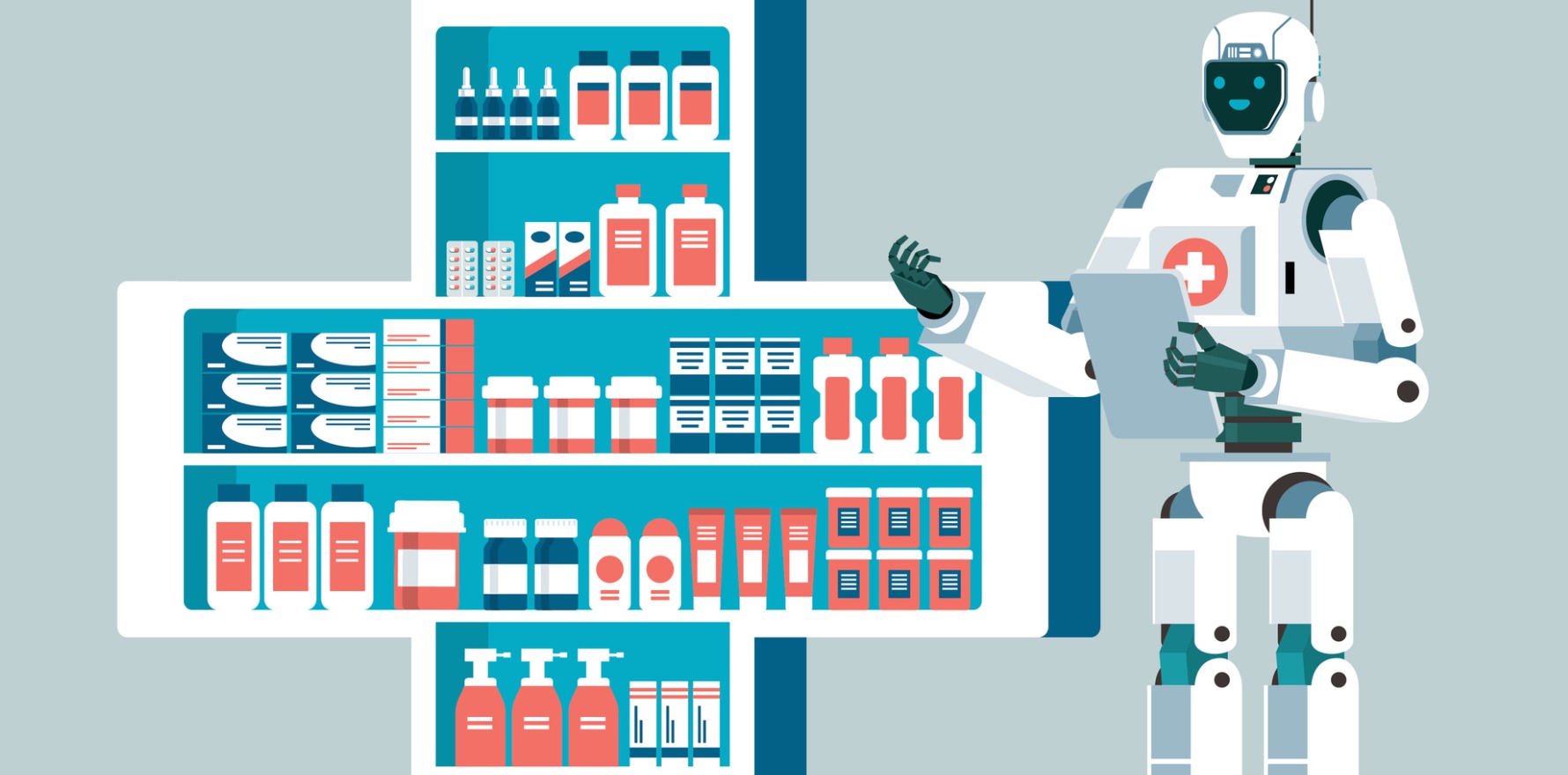AI apps could transform clinical workflows and patient outcomes across aged care, disability, radiology and primary care, according to the CSIRO.
The rise of natural language processing and generative language models across AI applications in healthcare has taken Australia’s health sector into an “extraordinary epoch”, according to a new report from the CSIRO.
The AI Trends for Healthcare report highlighted numerous opportunities and challenges to further integrating AI technologies in healthcare, including several initiatives being led by the CSIRO to implement AI across aged care, disability, medical imaging and clinical decision support.
One example included using natural language processing alongside the GPT-3 generative language model to build a natural language interface, OntoGPT, designed to streamline how users navigate information stored on SNOMED CT.
According to the report, the rise of natural language interfaces and generative language models presenting the opportunity to strengthen clinical decision-making and reduce administrative workloads for clinicians as well as improving patient outcomes
“These technologies represent an extraordinary epoch in medicine, where machines will be able to lighten the administrative load for clinicians, offer therapeutic support through chatbots that can take histories and offer education to patients, and enable improved clinical decision making,” the authors said.
“This, together with their ability to enhance patient care when they are linked to electronic records via SMART on FHIR represents a potentially rich and impactful research and implementation opportunity for CSIRO.”
Other CSIRO-led AI initiatives included developing smart homes integrated with mobile health apps and clinician platforms to support chronic conditions, improving preventative risk management such as falls prevention and enhancing eye health diagnosis and prevention.
While the significant increase in computational power in the last decade was the “biggest contributor” driving recent advances in machine learning, the substantial investment required to support the computer servers hosting AI networks could create inequity of access among medical researchers, the report warned.
Key barriers to introducing AI into aged care included the lack of rigorous evidence supporting AI-enabled products and services and limited education regarding how to safely and effectively engage with AI tools among older Australians living in residential aged care or within their communities.
Alongside working to develop and integrate AI tools across various clinical settings, greater attention needed to be paid to strengthen the digital capabilities of Australia’s health workforce, the report said.
Related
The authors identified a number of initiatives led by the AHERC to improve digital health education among health workers nationwide, including work with the university sector to provide FHIR training courses, as well as developing opportunities with health bodies such as Queensland Health to develop staff on FHIR-aligned activities
“While the operationalisation of the existing frameworks is not landed yet, it is important to create inclusive, interdisciplinary, and ongoing discussions across sectors to shape the regulatory processes and to size the potential of AI in a safe way,” the report said.
“To harness the capabilities already at our disposal within the health ecosystem appropriately and responsibly – it is critical that our workforce (from clinicians, scientists, system administrators etc) are equipped to identify both the opportunities, challenges, and potential pitfalls as we navigate these new paths together.”





